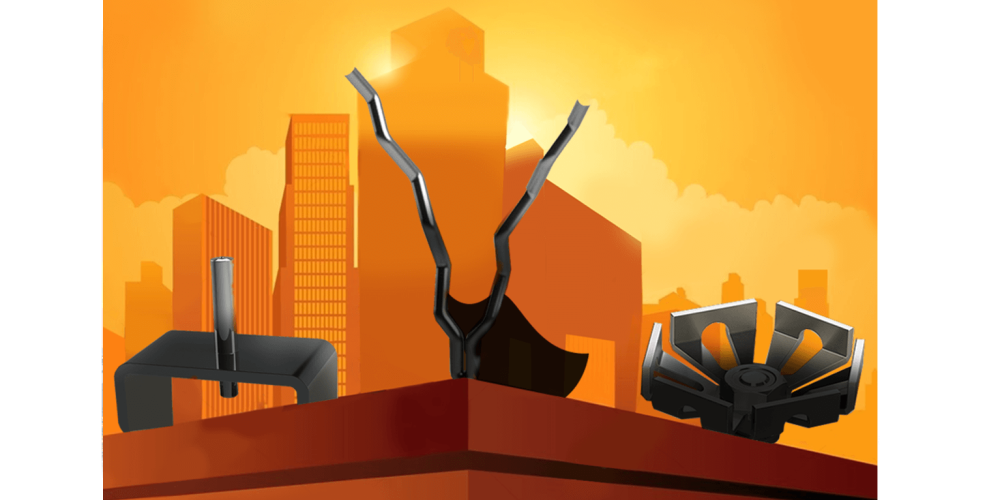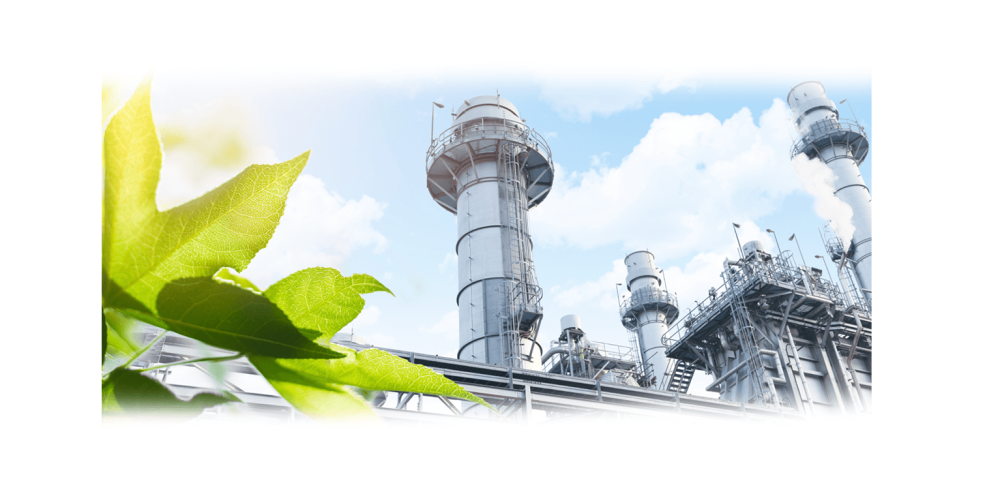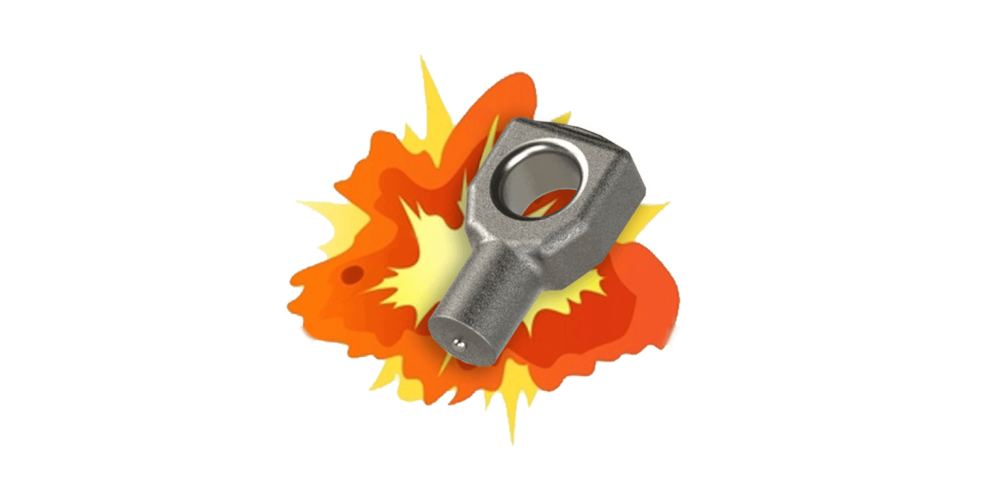
Continual demands made on the cement industry for greater productivity and lower maintenance costs have pushed it to the limits of the conventional technologies existing on the market today.
Often an afterthought and underappreciated, refractory anchors fulfil an important function, which is to secure the refractory lining to the unit. And together, the refractory lining and anchors work to maintain optimal heat levels.
With so many choices for different types of refractory anchors, there are a lot of possible outcomes.
Pick the right one and you keep your equipment safe, and can enjoy less maintenance and downtime. This saves money because high-quality refractory anchors can last through a few rounds of maintenance.
Choose the wrong one, and you could be looking at downtime, emergencies, and equipment failures, costing you time and money.
It takes time to learn how to tell the difference between the two.
With over 40 years in both the refractory anchor and the cement industries, we have seen it all, and over the years we have worked closely with our customers, creating tailor-made solutions to solve their refractory challenges.

Many in the cement industry are focusing more on being sustainable. Reducing CO2 emissions while producing enough cement to meet demands will be quite challenging.
You wouldn’t think that refractory anchors could be sustainable, particularly because they usually need to be replaced at every maintenance stop.
But there are options out there, like the SpeedBolt®. Made of stainless steel, it can resist corrosion on the shell side for up to 12 years because it doesn't require replacement during the next Turnaround and withstands the demolition process.
This saves additional time since only new Bullhorn anchors need to be clipped into the SpeedBolt® eye, just as before.
Want to cut down on the toxic gases when installing the anchors too? There is a machine for that! Rapid Arc Welding (RAW) has zero Co2 emissions, and no hexavalent chrome or toxic gases. And as a bonus, it does not deteriorate the integrity of the steel.
RAW is a relatively new and innovative welding technology. It has been engineered to solve many of the problems that conventional hand welding and stud welding technology have had for many years. With RAW equipment it’s finally possible to bridge the gap between efficiency and cost-effectiveness.

Regular inspections, replacements, and upkeep ensure not only the longevity of your equipment but also the safety of your operation. Without proper maintenance planning, you risk unexpected breakdowns, costly repairs, and potential hazards to your plant and personnel.
Just like how your car needs regular maintenance to keep it running smoothly and safely, the same principle applies to the components of your cement plant. Think of your refractory anchors as one of the critical parts to maintain kilns, burner pipes, cyclones, calciners, and coolers.
Partnering with the right refractory anchor solution provider can set up your planned maintenance, or even emergency shutdown, for success.
Not merely accessories, they are indispensable components that underpin the efficiency, durability, and safety of cement manufacturing.
If you are looking for an all-in-one total solution provider for your next shutdown, get in touch with the experts at SILICON. You will know you are in the right place when you meet our team. From engineering and production to project management and on-site installation, we really are the refractory anchor one-stop-shop!